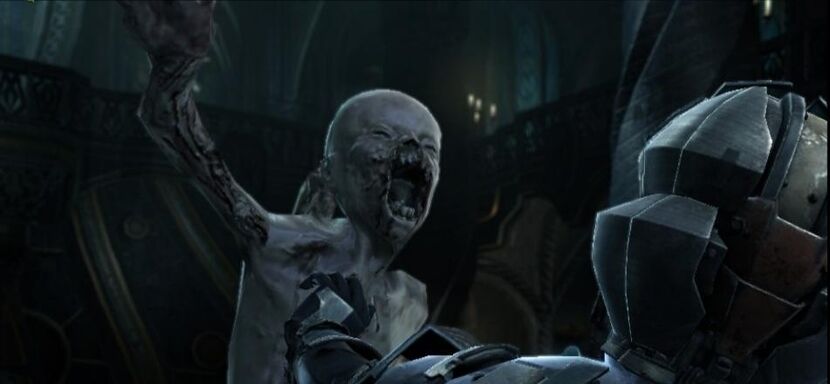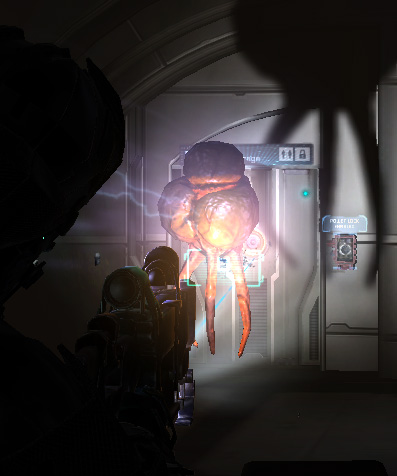 |
| The Unofficial Official Blog Carnival Logo, courtesy of Nevermeet Press |
[Today's post is a response to the March RPG Carnival on Crowdsourcing and Crowdfunding RPGS]
Before you lie many portals you can use to build your fundraising project; today I’m going to give you a quick overlay of three of them.
Kickstarter
How it Works
At Number 1 on the list is Kickstarter, the popular go-to tool for tabletop game developers and their projects. Kickstarter works by raising pledges of future donation in return for future rewards or perks, with higher monetary pledges in general receiving more and more perks. If a project doesn’t receive it’s goal by the end of the deadline then there is no harm, no foul. Your investors never give up their cash and the creator isn’t required to finish a project with no funds. Furthermore, if you reach your goal you can just keep on collecting, and in fact many people take advantage of this fact to have a second go at marketing their product and giving even more to their pledges.
Campaign Tools
Kickstarter offers each Project some internet real-estate in the form of a page on their servers. You can include images, a video, and as much or as little sales copy as you want. In addition their pledge level system can be fully customized with whatever amount you want and as many levels as you feel you need. They also include some social media buttons so that you and your backers can tweet or Facebook share the project with the simple press of a button.
The Cost and Other Limiting Factors
Kickstarter has a lot of traffic, but they also have a lot of requests that never see the light of day. Of the hundreds of projects that apply every week Kickstarter only accepts around 60%. As far as actual fees go, Kickstarter claims 5% of all funds raised plus 3-5% to Amazon Payments who process the contributions. That amounts to 8-10% of your raised total, so plan accordingly. In addition, Kickstarter only allows American projects, so if you're out of country you may want to use...
IndieGoGo
How it Works
Similar to Kickstarter, IndieGoGo works by raising contributions for future projects with higher donations receiving better and better rewards...but there are two ways to to go about the process with IndieGoGo. One method works almost identically to Kickstarter, your backers contribute money and if the fundraising goal isn’t met then you don’t get a dime. However, unlike Kickstarter, IndieGoGo gathers the money upfront and refunds it if the goal isn’t met. The other way IndieGoGo works is through their “flexible funding” plan. In this plan any money that is raised goes to the project, even if the goal isn’t met.
Campaign Tools
IndieGoGo offers you a page on their servers where you can post video, images, and sales copy about your project. In addition they have a fully customizable perk system for both cost of levels and amount. They have a full integration of social tools including Facebook, Twitter, Youtube, and Devlog to let both you and your users share the campaign with ease.
The Cost and Other Limiting Factors
The cost for the two plans varies only if the goal is not made. If your project does reach its goal then IndieGoGo charges a 4% fee of the total funds raised. If you are using the flexible pricing method and you don’t reach your goal that fee increases to 9%, but you get to keep the remaining funds. Finally there is a 3% fee of funds raised for third party processing. That totals 7% if your goal is reached on either of the plans, or a total of 12% of funds reached if your fundraising fails on the Flexible plan. In addition there is a 25$ fee for wiring the money outside of the United States.
Because money is gathered ahead of time, and those projects which elect for the flexible plan get to keep their funds backers may be leery of being burned. Because of this, even though IndieGoGo is a cheaper alternative than Kickstarter, consumers may be slow in deciding whether to give their money to just anyone, and building trust with your backers becomes even more important.
Chipin
How it Works
Chipin is a fundraising flash application that can be added to any website. Instead of paying for pledge or perk levels, people who use Chipin...well, they just chip in. Any sort of perks are included only by the author who can use one of Chipin’s tools to view who donated, what they donated, their e-mail address and how they interacted with the event. If you don’t want to host the Chipin applet on your page, Chipin does give a very simple page to you which you can fill with text, but the applet has support for many different types of pages such as Blogger and TypePad. Money donated goes directly into your PayPal account, but can be refunded (on your action) via PayPal if the goal is not reached.
Campaign Tools
Chipin is really short on the campaign tools, including only the applet itself. The app consists of a simple bar graph tracker showing what has been earned, what percentage that is, what it is for (in a few words) and when it is needed by. Oh, and the actual button to chip in of course.
The Cost and Limiting Factors
Chipin itself takes no fee from the transactions, but because they do business through PayPal there is a 2.9% processing fee.
In addition, all the things I said about customers being leery of your campaign in regards to IndieGoGo goes double here. The transactions are made ahead of time, there is no guarantee of product, and to top it all off the Chipin site hasn’t been well maintained since 2006. The software still works, but even though this is the cheapest option for Crowdfunding out of the three, I wouldn’t put one of my products in its hands unless I had a very loyal and trusting audience.
Wrapping Things Up
It’s been my pleasure to give you this quick overview of Crowdfunding services. Are you thinking of crowdfunding a project? If so, will you be using any of the above, and why? Tell me more in the comment below.






